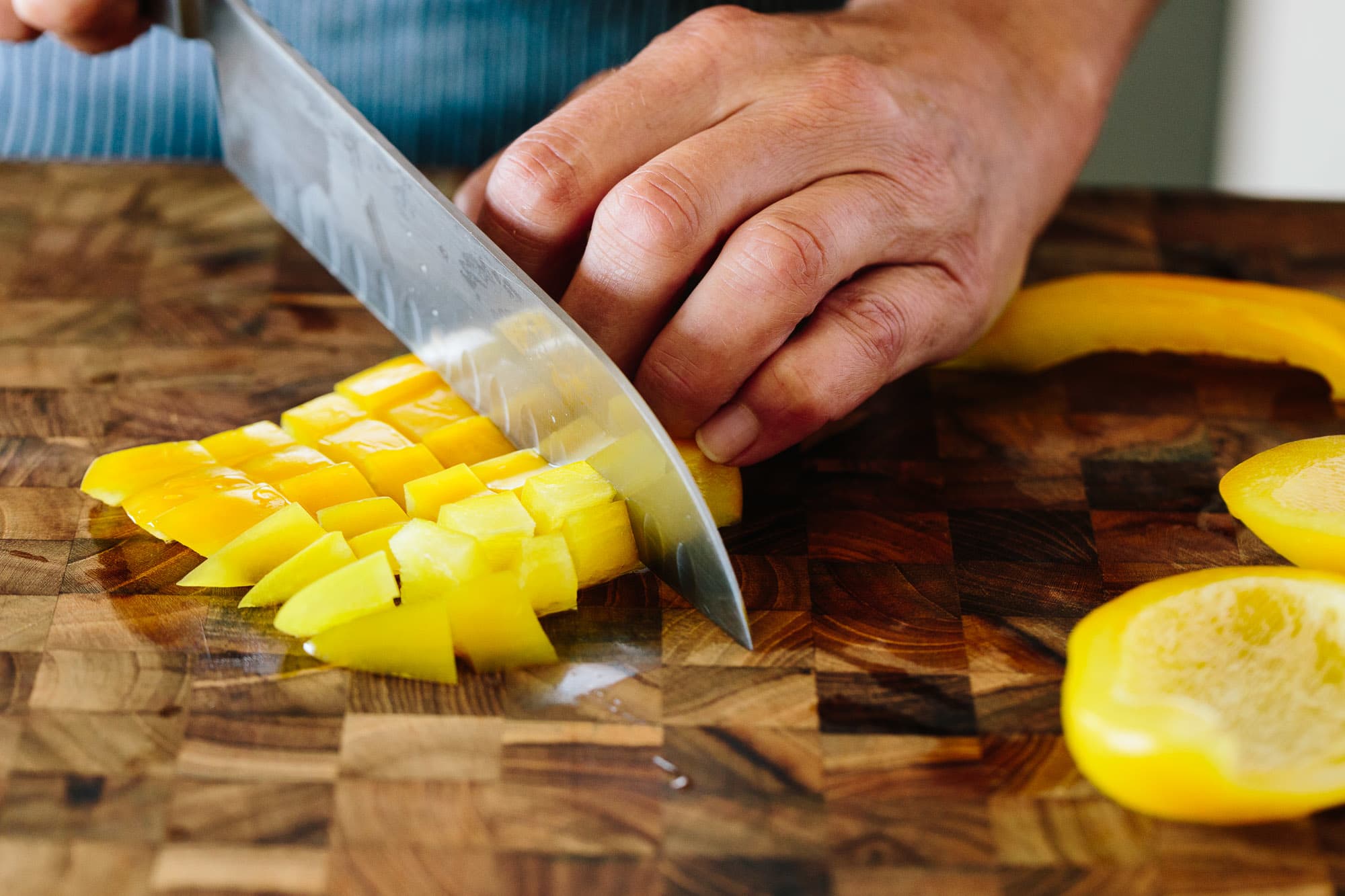Exclusive Tips: How to Make a Cutting Board for Beginners
Written By James Morgan
Are you passionate about barbecuing and looking for a fantastic DIY project? Making your own cutting board is a terrific way to enhance your barbecue experience. This guide on how to make a cutting board for beginners gives you everything you need to know from start to finish. Whether you're a seasoned pitmaster or a grilling enthusiast, you'll find that having a personalized cutting board elevates your barbecue game. Let's dive right in!

Why Make Your Own Cutting Board?
If you love barbecuing, you know the importance of having the right tools. A cutting board made by you, tailored to your needs, adds a personal touch and serves as a perfect companion for your barbecue setup. Its not just a board; its a statement piece.
Additionally, making your own cutting board allows you to choose the right wood that suits your style of barbecuing. From selecting the wood to the final sanding, you will have control over every aspect of its creation.

Materials You Will Need
Gathering the right materials is crucial when learning how to make a cutting board for beginners. Here's a list of what you'll need:
- Wood: Maple, walnut, or cherry are excellent choices.
- Clamps: To secure the wood as you glue it together.
- Glue: Food-safe wood glue.
- Sandpaper: Various grits, from coarse to fine.
- Finish: Food-safe mineral oil or beeswax.
- Saw: A table saw or miter saw.
- Measuring Tape: To ensure precise measurements.

Step-by-Step Guide
Step 1: Select and Prepare Your Wood
The first step in making a cutting board is selecting your wood. As previously mentioned, maple, walnut, and cherry are popular choices due to their durability and aesthetics. Measure and cut the wood to the desired size using a table or miter saw.
Step 2: Assemble and Glue the Pieces
Once you have your pieces cut to size, arrange them in the desired pattern. Apply a generous amount of food-safe wood glue to the edges, and clamp them together firmly. Allow the glue to set for at least 24 hours.
Step 3: Sanding the Board
After the glue has dried, your cutting board may have some rough edges and surfaces. Begin sanding the board with coarse grit sandpaper and gradually move to finer grits. This step ensures a smooth and even surface.
Step 4: Applying the Finish
To protect your cutting board and bring out the natural beauty of the wood, apply a food-safe mineral oil or beeswax finish. Apply several coats, allowing each to soak in before applying the next.

Maintaining Your Cutting Board
After investing time and effort into making your cutting board, you'll want to keep it in pristine condition. Regularly oil your cutting board and avoid letting it soak in water. Always clean it with mild soap and water, and dry it immediately.
FAQs
1. What type of wood is best for a cutting board?
Maple, walnut, and cherry are excellent choices due to their durability and non-toxic properties.
2. How often should I oil my cutting board?
It's recommended to oil your cutting board every few weeks or when it starts to look dry.
3. Can I use any glue for my cutting board?
No, you should use food-safe wood glue to ensure it's safe for food preparation.
For more tips and guidance on maintaining your cutting board, check out how to keep cutting board from warping, how to keep wooden cutting board from splitting, and what cutting board do chefs use.
For a more in-depth look at different cutting board materials, check out wood vs. plastic cutting boards.
As an Amazon Associate, I earn from qualifying purchases.



